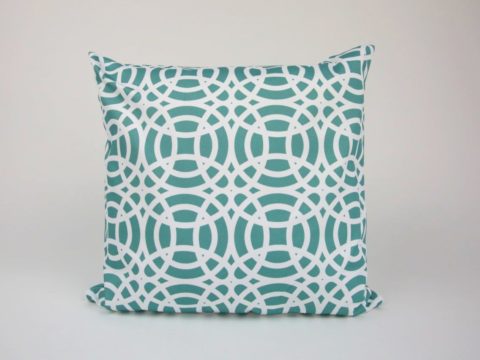Field of Cloth of Gold
Le Camp du Drap d’Or
Chapter 4 : The Aftermath
The hopes of a Universal Peace celebrated at the Field of Cloth of Gold were to be disappointed. The stakes for Francis thereafter were very high. Immediately afterwards, he returned to Paris via Amiens, where he inspected the fortifications and ordered new works undertaken. From there, he moved to Chantilly and eventually arrived at the royal château of Saint-Germain-en-Laye. There, on 10 August, Queen Claude gave birth to her fifth child, Madeleine. Throughout his journey back to the capital, Francis had been kept informed of a meeting at Calais, between Henry and Charles V. He was assured, correctly, that nothing had been agreed there that contradicted the Franco-English alliance and that Henry remained his firm ally. Yet he fretted for the remainder of the year, despite further reassurances from Henry. Francis was fearful that the universal peace simply gave Charles time to strengthen and consolidate his power against him; and there was something to that. Francis feared not for France itself, but for Milan. Therefore, rather incautiously to say the least, he decided to launch a pre-emptive strike against Charles in the spring of 1521, into imperial territory on the north-east border with France, and in Navarre. He then tried to present Charles’s inevitable and decisive counter-attack as unwarranted aggression under the terms of the Universal Peace. He appealed to Henry to support him against Charles.
Wolsey did his best to bring things to a halt and resolve the conflict at a peace conference at Calais in the summer of 1521. It was soon evident, however, that nothing Wolsey could offer Francis would allay his fears of Charles or induce him to concede anything to him. Wolsey also realised that the emperor’s power would surely prevail in any continuing military conflict. It was axiomatic for the cardinal that Henry be kept on the winning side and Wolsey therefore agreed a secret treaty of alliance. War was declared on Francis in 1522 on the basis that he had broken the Universal Peace of 1518. An English invasion in 1523 achieved no great successes before Henry ran out of funds. By then, however, Imperial armies had conquered Milan. Francis tried to wrest the duchy back from Charles in late 1524, only to be comprehensively defeated and captured by imperial forces at the battle of Pavia on 24 February 1525.
Francis was taken to Spain as the emperor’s prisoner. Negotiations for his release culminated in the Treaty of Madrid of January 1526. He agreed to give up all his claims in Italy, to restore Burgundy to Charles as the successor to the Valois dukes, and to marry the emperor’s sister Eleanor. Desperate for assistance, he turned to Henry and found him, under Wolsey’s guidance, more than willing to help - but at a price. Henry’s hopes of carving up France between himself and Charles had met with the emperor’s near total indifference and Henry was bent on vengeance. Peace with England was soon agreed under the Treaty of the More in August 1525 so that when Francis was released and returned to France in March 1526, he immediately repudiated the Madrid agreement. A new Franco-English alliance of ‘Eternal Peace’ (with increased money for Henry) was agreed by the spring of 1527. The two kings met again in 1532 and Henry remained Francis’s often frustrated and ever-demanding ally for over a decade until 1544 when he invaded France for a third time. That alliance, and Henry’s break with Rome (which Francis subtly encouraged at times) kept his two rivals apart, even if it did less than Francis hoped it might to help him regain the duchy of Milan - his abiding strategic aim throughout his reign.
The Field of Cloth of Gold may not have ushered in the wider European peace it promised. It did, however, create a productive framework for continued cross-Channel rivalry, paradoxically expressed in political and cultural cooperation and influence. The Field has often been explained as a deliberate deception of Francis by Henry and Wolsey, but the evidence just does not support that contention. Francis invested real, if perhaps more limited, hopes in the Field than did Henry. Yet he was still committed to it as a manifestation of his own personal, political and material power in Europe. Why else, after all, had Henry found it necessary to construct this elaborate peace in order to get on equal terms with him? Francis knew well enough that meeting Henry might not of itself guarantee his security, but he also reasoned that it was unlikely to harm him. It was a risk worth taking. His enthusiastic and compelling participation in all aspects of the Field got him noticed and added to the high European esteem in which he was then held. The Field may well be called extravagant, but cannot be dismissed, as it often has been, as pointless. Through the deliberately spectacular display of the material and human resources at his command at the Field of Cloth of Gold, Francis established a powerful connection with his English rival. It had important implications both positive and negative over the following decade, that played their part in eventually making Francis I the very embodiment of French Renaissance monarchy.






